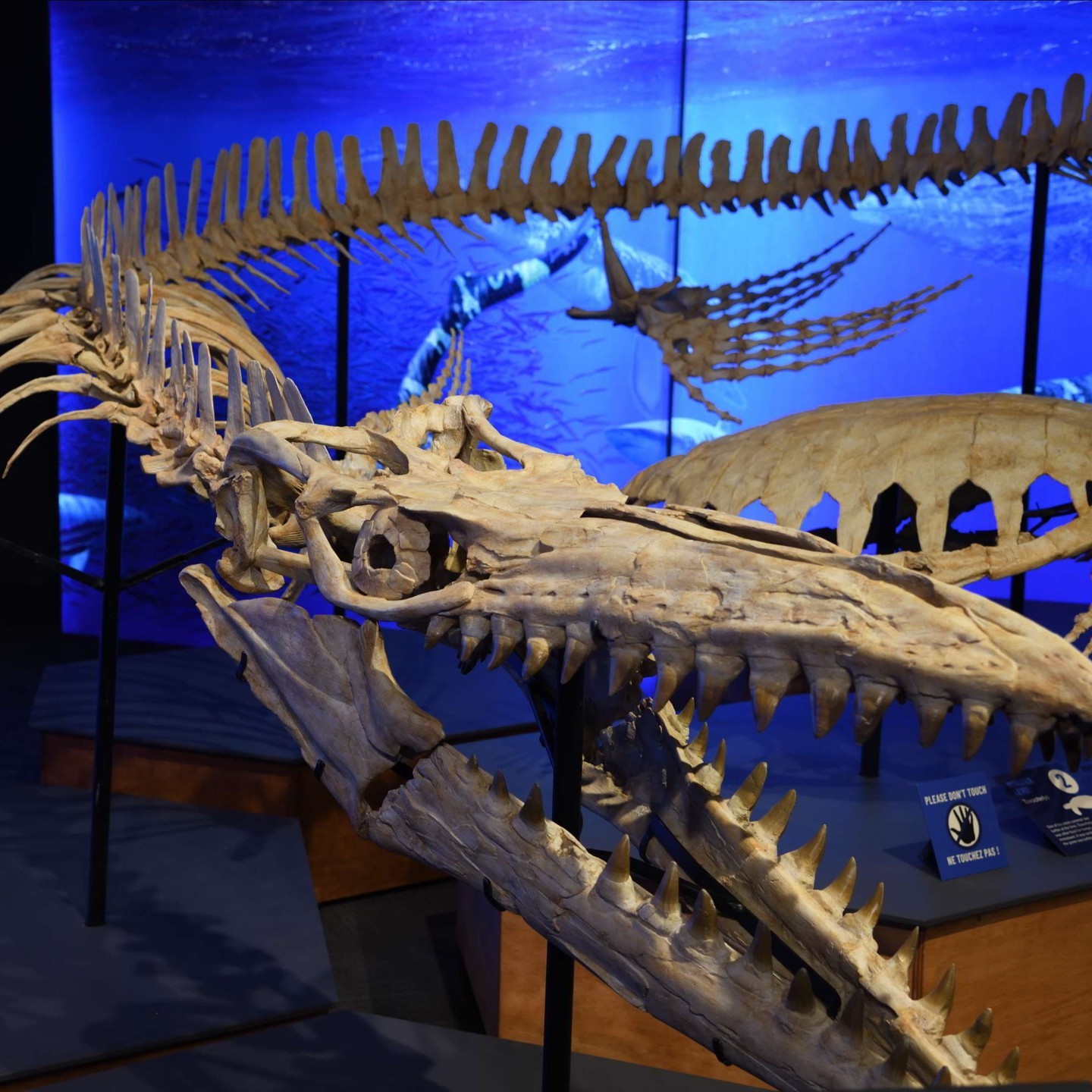– Exploring the evolutionary relationships between prehistoric creatures and their modern descendants
– Understanding the vital role of modern zoo exhibits in educational enrichment and wildlife conservation
– The impact of modern genetic research on tracing evolutionary lineages in animals
– Challenges and advancements in the preservation of rare and ancient species
– Enhancing visitor engagement and awareness through immersive exhibit design
The animal kingdom is a sprawling tapestry woven with the threads of evolution, connecting creatures from the ancient past to their living descendants. Modern zoos are at the forefront of this discovery, serving as both sanctuaries and classrooms, bringing education to life through exhibits such as Monsters of the Abyss. In this exhibit, visitors have a unique opportunity to learn about the prehistoric ancestors of the Nile monitor, a remarkable testament to the continuity of life through the eons.
The Nile monitor, a robust reptile prevalent in African rivers, is a fascinating example of an animal whose lineage can be traced back to the creatures that navigated Earth’s primeval waters. Surveying these monstrous antecedents offers a profound appreciation for the intricacies of evolution. The Nile monitor boasts physiological and behavioral traits that hint at its ancient ancestry and demonstrate the incredible persistence of its genetic legacy.
Delving into the scientific underpinnings, current research utilizes the sophisticated tools of genetics and fossil studies to unravel the chronological story of species. These methodologies reveal the adaptational strategies that have allowed creatures like the Nile monitor to survive drastic environmental changes over millions of years. Zoos and research institutions collaborate to untangle these evolutionary mysteries, providing invaluable knowledge that fuels scientific understanding and meaningful conservation efforts.
One of the challenges facing these endeavors is preserving genetic diversity within species that possess ancient lineages. As human activities continue to encroach upon natural habitats, species like the Nile monitor face the threat of decreased genetic variation, which can compromise their resilience. Conservation programs often find themselves in a race against time, striving to protect these animals before the full breadth of their lineage can be comprehensively studied or understood.
Zoos craft engaging and educational experiences in exhibits like Monsters of the Abyss to engender appreciation and foster a conservation ethic among the public. The exhibit design merges education with entertainment, creating environments that allow visitors to step back in time and glimpse the world of these prehistoric titans. By transporting visitors to otherworldly underwater scenes, they stimulate curiosity and inspire awe, leading to a greater appreciation and a stronger commitment to protecting today’s and yesteryears’ wildlife.
The role of zoos in conservation is multifaceted, extending beyond public exhibits to include direct participation in species preservation initiatives. Zoos serve as hubs for breeding programs, research, and partnerships with wildlife organizations. By cultivating populations of rare and endangered species, zoos act as arks of genetic diversity, ensuring that even the most threatened creatures have a fighting chance for survival.
Zoos also play an instrumental role in educating the next generation of conservationists. Through interactive displays and up-close encounters, they ignite the sparks of interest that drive future scientific inquiry and advocacy. In these spaces, the stories of creatures like the Nile monitor are told and retold, spotlighting the miraculous continuity of life on Earth.
In Monsters of the Abyss, zoological expertise converges with immersive storytelling, creating an unforgettable experience that reflects the essence of our planet’s biodiversity. The exhibit is more than just a display of history; it acts as a bridge, connecting the dots between the prehistoric past and present-day fauna. This deep dive into the ancestry of animals like the Nile monitor underscores the perpetual dance of evolution and the interconnectedness of all life.
Zoos must balance accurate scientific information and engaging presentation when harnessing the power of exhibits to foster conservation. Visually striking displays combined with digestible explanations of complex biological concepts captivate audiences. This approach makes the esoteric concepts of evolution palpable to the layperson, allowing a broader audience to partake in the wonders of the natural world.
In shaping these encounters, exhibit curators and zoo management continually adapt to new scientific findings, integrating the latest research into displays to ensure visitors receive the most current information—this commitment to dynamic educational content positions zoos as leading voices in the discourse on wildlife protection.
In doing so, zoos position themselves as caretakers of the creatures they house and as conservators of the planet’s biological history. As guardians of ancient lineages, these institutions bear a responsibility that continues reverberating through their corridors. With its primordial roots and modern-day presence, the Nile monitor embodies this ever-present link between the ages, both a relic of history and a beacon for future conservation.
Through programs like Monsters of the Abyss, zoos cultivate a space where visitors can experience the awe of Earth’s evolutionary epic. The exhibit serves as a reminder that modern animals like the Nile monitor are not isolated phenomena but part of a vast, ongoing legacy—one that we are all part of and have a role in protecting.
As zoos forge ahead, embracing the formidable challenge of wildlife preservation, they do so to not just showcase the magnificence of creatures like the Nile monitor and ensure their stories continue to be told. By engaging public interest and fostering an ethic of stewardship, zoos ensure that the chains of life, stretching back to the Monsters of the Abyss, remain unbroken, a lineage sustained for generations to come.
*****
Source Description
Can you see the family resemblance? In Monsters of the Abyss, you can get an up-close look at the prehistoric ancestors of animals like the Nile monitor!

